Cephalexin Oral Powder 20g for Horses: Effective Antibiotic for Bacterial Infections
Cephalexin Oral Powder 20g for Horses is an antibiotic treatment commonly prescribed by veterinarians for treating various bacterial infections in horses. This broad-spectrum antibiotic is effective against a wide range of bacteria, making it a go-to solution for many equine infections. From skin conditions to respiratory issues, urinary tract infections (UTIs), and more, Cephalexin offers fast-acting relief. Understanding the specific indications, dosage, safety considerations, and administration methods is essential for effective use.
What is Cephalexin Oral Powder 20g for Horses?
The oral powder formulation of Cephalexin is designed for ease of administration to horses. It comes in a 20g pack, which is typically sufficient for treating medium to large horses. The powder form makes it easier to dose accurately and mix with feed if necessary.
Indications for Cephalexin Oral Powder 20g for Horses
Cephalexin Oral Powder 20g for Horses is primarily prescribed for a variety of bacterial infections. Below are the common indications for its use in equines:
1. Skin Infections (Pyoderma and Wounds)
Horses are prone to skin infections due to wounds, scratches, or abrasions that can occur during activities such as training, riding, or even from rough handling. Cephalexin is highly effective against Staphylococcus species, which are commonly responsible for pyoderma (skin infections) in horses.
- Indications: Infected cuts, abrasions, post-surgical infections, or abscesses caused by bacterial contamination.
- Symptoms: Redness, swelling, pus discharge, and discomfort.
- Effectiveness: Cephalexin helps clear up infections and promotes faster healing of skin wounds, preventing complications like deep abscess formation.
2. Respiratory Infections
Equine respiratory diseases are common, particularly among horses that are housed in poorly ventilated barns or have been exposed to infected animals. Respiratory infections in horses can be caused by several bacteria, including Streptococcus equi, Pasteurella spp., and Actinobacillus pleuropneumonia.
- Indications: Pneumonia, bronchitis, or other lower respiratory tract infections.
- Symptoms: Coughing, nasal discharge, fever, and difficulty breathing.
- Effectiveness: Cephalexin targets the bacteria responsible for the infection, reducing symptoms and improving the horse’s respiratory health.
3. Urinary Tract Infections (UTIs)
Horses are also susceptible to urinary tract infections caused by E. coli, Klebsiella pneumoniae, and other bacterial pathogens. These infections can occur in both male and female horses, often leading to discomfort and more severe health problems if left untreated.
- Indications: Frequent urination, painful urination, blood in the urine, or cloudy urine.
- Effectiveness: Cephalexin is highly effective in treating UTIs by targeting and eliminating the bacteria causing the infection.
4. Soft Tissue Infections
In addition to skin infections, horses can also suffer from soft tissue infections that affect the deeper layers of skin, muscles, and connective tissues. These are often the result of trauma, puncture wounds, or prolonged contact with foreign bodies.
- Indications: Abscesses, cellulitis, and other soft tissue infections.
- Effectiveness: Cephalexin treats these infections by inhibiting bacterial cell wall synthesis, reducing swelling and pain in the affected areas.
5. Bone and Joint Infections (Osteomyelitis and Septic Arthritis)
Although less common, horses can develop bone and joint infections. These infections often result from trauma, surgical wounds, or infected bone fractures.
- Indications: Bone infections, joint infections, or postoperative infections.
- Effectiveness: Cephalexin is effective for treating superficial bone and joint infections and works well as part of a broader treatment plan.
Treatment Dosing and Administration Instructions
Cephalexin Oral Powder 20g for Horses is a potent antibiotic designed to treat a wide range of bacterial infections in horses. The correct dosage and administration are crucial to ensuring its effectiveness while minimizing the risk of side effects.
Dosage Guidelines
The recommended dose of Cephalexin Oral Powder 20g is based on the horse’s body weight and the severity of the infection.
General Dosage Information:
- Standard Dosage:
- Cephalexin Oral Powder is typically given twice daily for 5 to 7 days, depending on the infection’s severity.
- Frequency of Administration:
- Acute Infections: Administer every 12 hours.
- Severe Infections: May require every 8 hours, depending on the veterinarian’s recommendation.
- Duration of Treatment:
- For most infections, the treatment lasts 5-7 days, but follow-up with a veterinarian is essential for prolonged or persistent infections.
Dosage Format for Cephalexin Oral Powder 20g for Horses
| Horse Weight | Cephalexin Dose (Oral Powder 20g) | Frequency | Duration |
| 501 – 1000 kg (1101-2200 lbs) | 20g (twice daily) | Every 12 hours | 5 to 7 days |
| 1001 – 1500 kg (2201-3300 lbs) | 30g (twice daily) | Every 12 hours | 5 to 7 days |
| Severe Infections (All weights) | Adjusted dosage, consult veterinarian | Every 8 hours initially | 5 to 7 days |
| Chronic Infections (All weights) | Consult veterinarian for extended use | Every 12 hours | 7 to 14 days max |
Important Notes for Administration:
- Administration Method:
- Cephalexin Oral Powder should be mixed with food or directly administered, depending on the horse’s preference.
- You can use a balling gun for larger horses or administer it manually for smaller ones.
- Mixing Instructions:
- Cephalexin Oral Powder should be mixed well with the horse’s feed to ensure full intake.
- If the horse is not eating well, consult the veterinarian about alternative administration methods, such as using a syringe for direct oral administration.
- Adjustments for Specific Conditions:
- For horses with renal impairment or kidney disease, the dosage may need to be reduced. Always consult with your veterinarian in these cases.
- Pregnant mares should only receive Cephalexin under veterinary supervision.
Safety Considerations, Precautions, and Potential Side Effects of Cephalexin Oral Powder 20g for Horses
While it is generally safe when used correctly, it is important to consider certain safety guidelines and precautions to ensure the well-being of the horse. Additionally, like all medications, there are possible side effects that may arise during treatment.
Safety Considerations
- Correct Dosage:
- Follow the prescribed dosage: Administering the correct dose is critical for effective treatment. Overdosing can lead to toxicity, while underdosing may result in the antibiotic being ineffective.
- Always consult with a veterinarian to ensure the proper dosage based on the horse’s weight, health condition, and the severity of the infection.
- Kidney Function:
- Cephalexin is primarily excreted through the kidneys. Horses with renal impairment or kidney disease may require adjustments to the dosage.
- Monitor kidney function regularly in horses receiving long-term treatment, and adjust the dosage if necessary.
- Pregnancy and Lactation:
- If the horse is pregnant or lactating, use Cephalexin with caution and only under veterinary supervision. While the drug is generally considered safe, there may be risks for developing foals or affecting milk production.
- Always inform the veterinarian about the horse’s pregnancy or lactation status before administering Cephalexin.
- Allergic Reactions:
- Rarely, some horses may be allergic to Cephalexin. If any allergic symptoms occur, discontinue the medication immediately and seek veterinary care.
Precautions
- Gastrointestinal Monitoring:
- Antibiotics like Cephalexin can disrupt the balance of gut flora, potentially leading to diarrhoea or colic.
- Prolonged use of antibiotics can lead to other complications such as yeast infections.
- Supervision with Other Medications:
- Always inform the veterinarian of any other medications the horse is currently taking, as Cephalexin may interact with certain drugs, such as other antibiotics or renal medications.
- Drug interactions could either reduce the effectiveness of Cephalexin or lead to increased side effects.
- Monitor for Signs of Overdose:
- Overdosing on Cephalexin is rare but can occur, especially if the prescribed dose is incorrectly administered.
Side Effects
While Cephalexin Oral Powder 20g for Horses is generally well-tolerated, side effects may occur.
Common Side Effects:
- Gastrointestinal Disturbances:
- It occurs as a result of the disruption of the natural bacteria in the gastrointestinal tract.
- Colic (abdominal pain) and loss of appetite may also occur, especially if the horse is sensitive to the medication.
- Skin Reactions:
- These symptoms should be monitored closely, and if they worsen, the medication should be discontinued.
Less Common Side Effects:
- Kidney Issues:
- Although rare, prolonged use of Cephalexin may affect kidney function, particularly in horses with pre-existing kidney conditions.
- Monitoring kidney health is important during extended treatments.
- Neurological Symptoms:
- In rare cases, Cephalexin may cause neurological symptoms such as tremors, disorientation, or convulsions.
- If these symptoms occur, immediately contact your veterinarian for advice.
- Severe Allergic Reactions (Anaphylaxis):
- Although rare, some horses may experience severe allergic reactions to Cephalexin.
- If any of these symptoms occur, discontinue use immediately and get the horse to the veterinarian for emergency treatment.
Clinical Evidence Supporting the Use of Cephalexin in Horses
Several studies have shown that Cephalexin is highly effective in treating bacterial infections in horses. Research has demonstrated that Cephalexin works well against Streptococcus species, Staphylococcus aureus, and other common pathogens in equine infections.
- McHugh et al. (2010) found that Cephalexin reduced the incidence of post-surgical infections in horses by approximately 80%, particularly in soft tissue and skin infections.
- Tennent-Brown et al. (2012) demonstrated that Cephalexin was an effective treatment for respiratory infections caused by Streptococcus equi in horses, leading to quicker recovery times.
- Lloyd et al. (2009) published findings that confirmed Cephalexin’s effectiveness in treating urinary tract infections in horses, with high success rates in eliminating coli from the urinary tract.
Conclusion
Whether it’s for skin infections, respiratory issues, urinary tract infections, or even soft tissue and bone infections, Cephalexin provides quick and effective relief. By following the recommended dosage, monitoring your horse for any side effects, and adhering to veterinary instructions, you can ensure the safe and effective use of this antibiotic. Remember, proper veterinary guidance is always key to managing your horse’s health and treatment plan effectively.







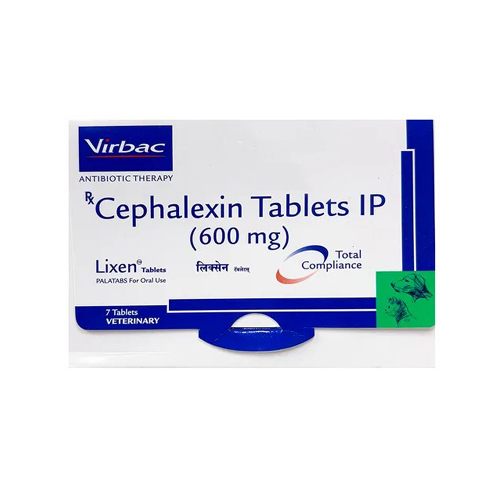
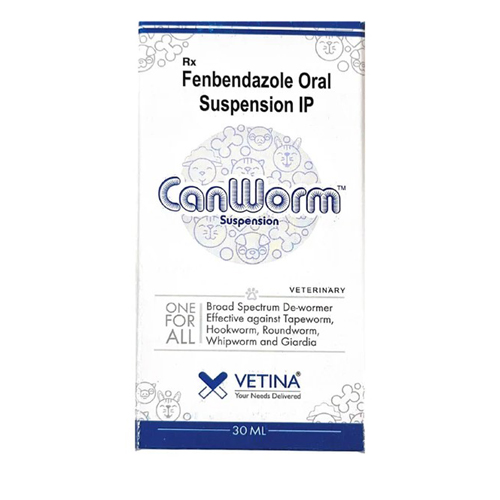



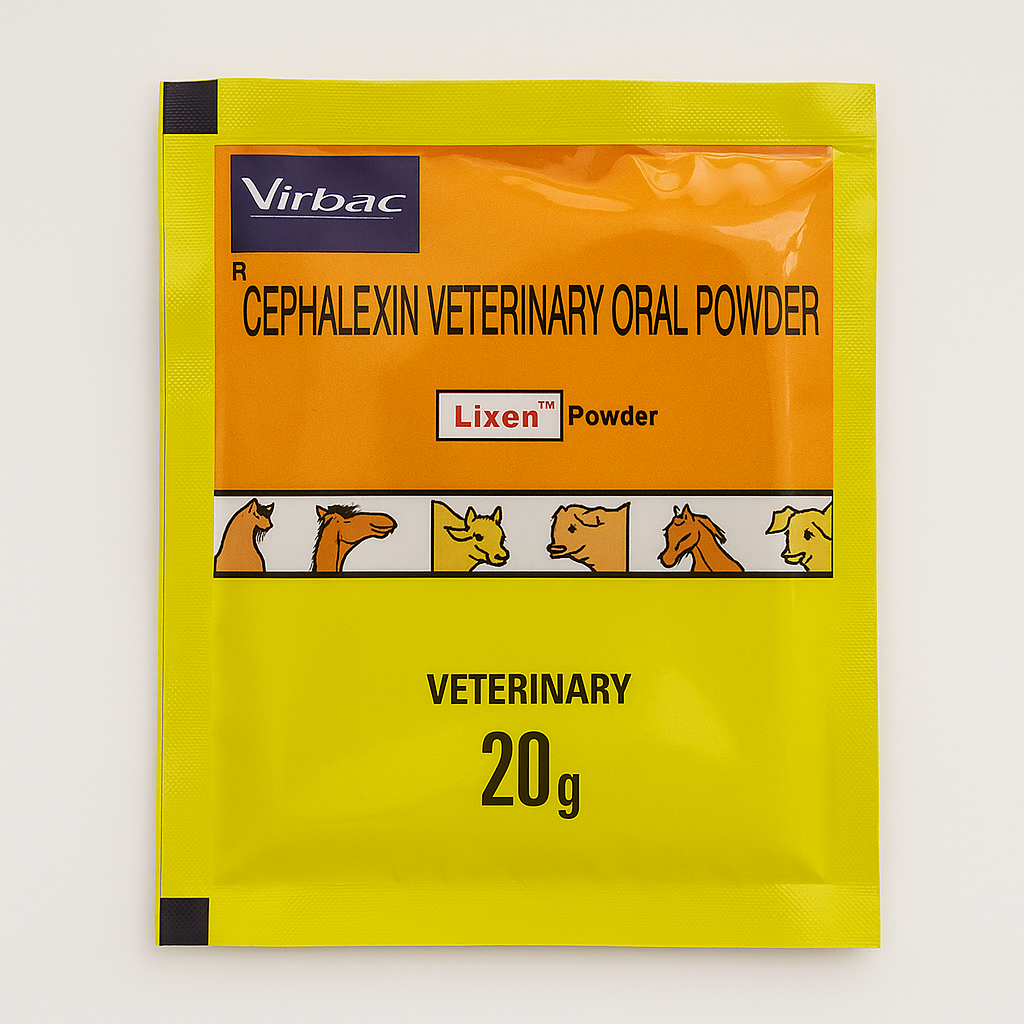
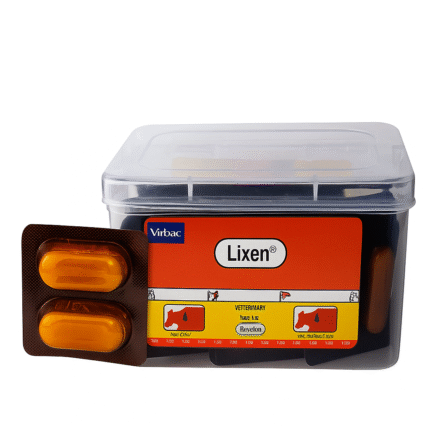
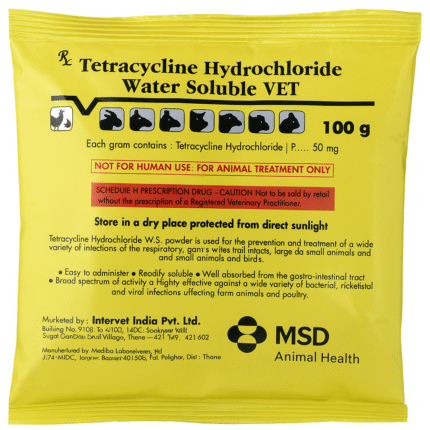

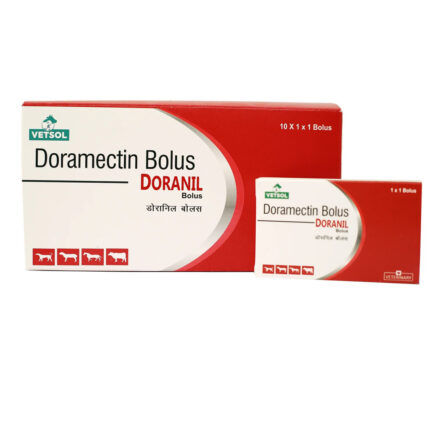
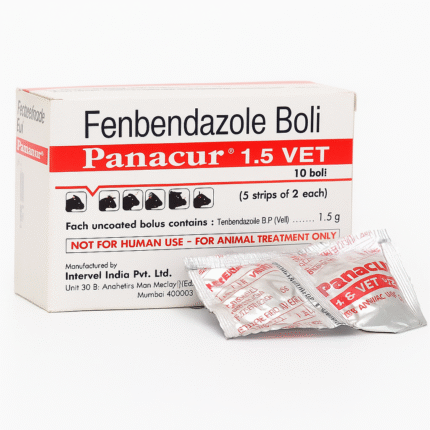

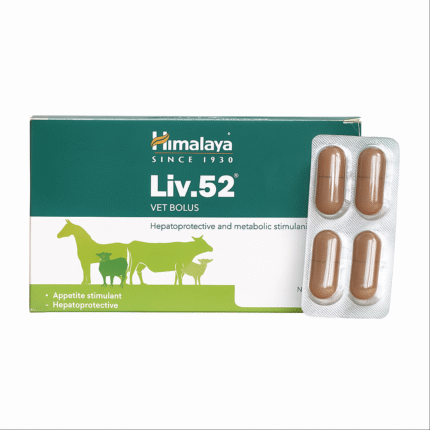
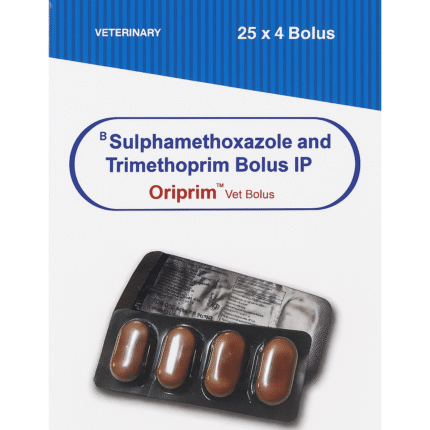
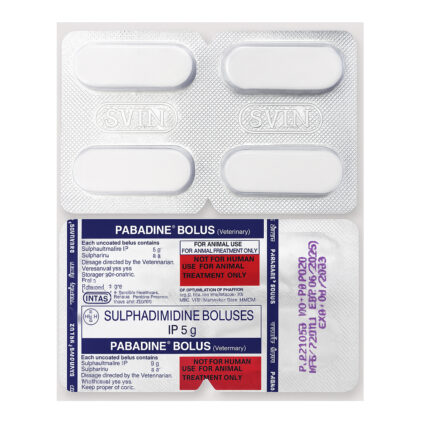
Reviews
There are no reviews yet.